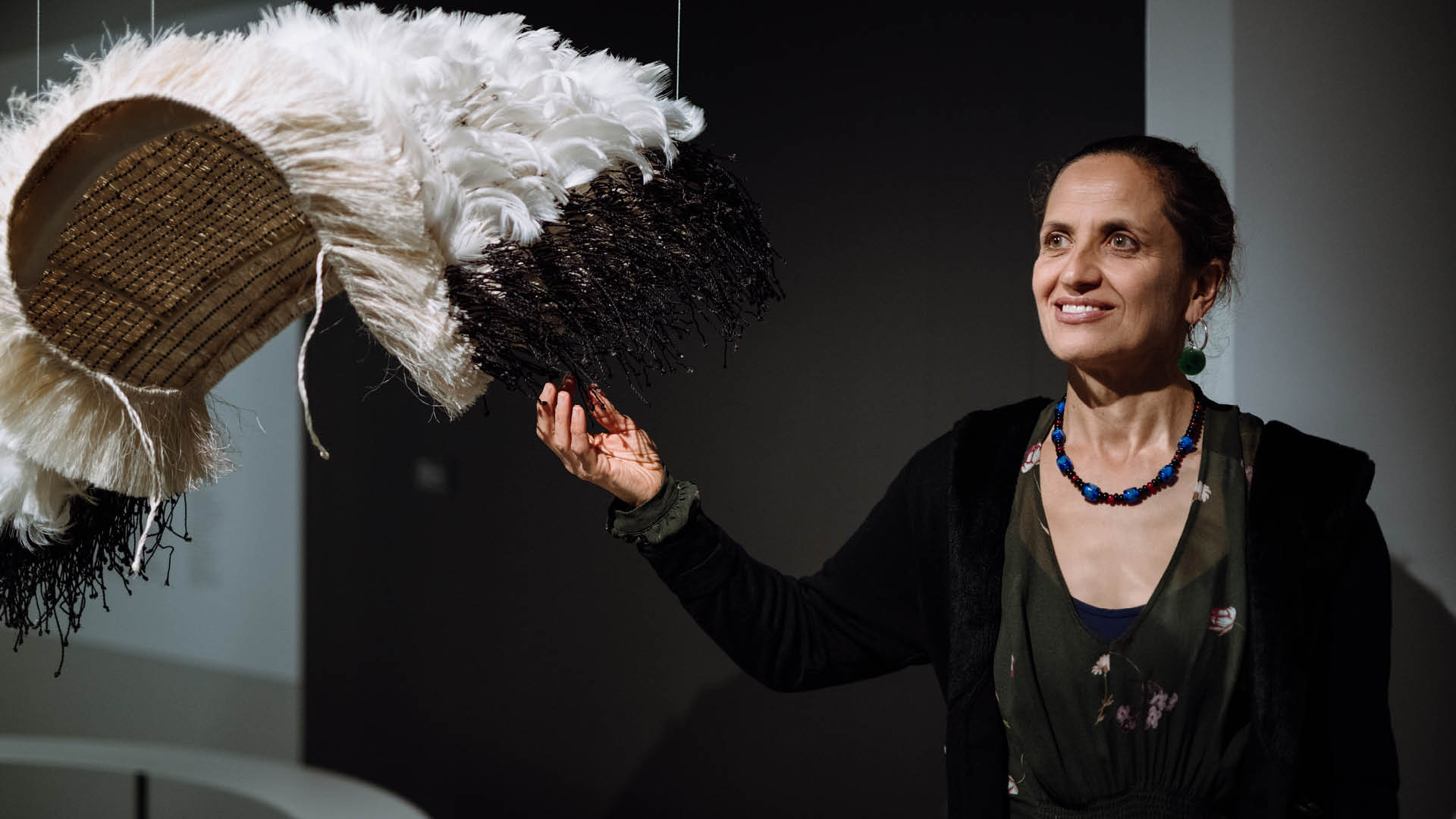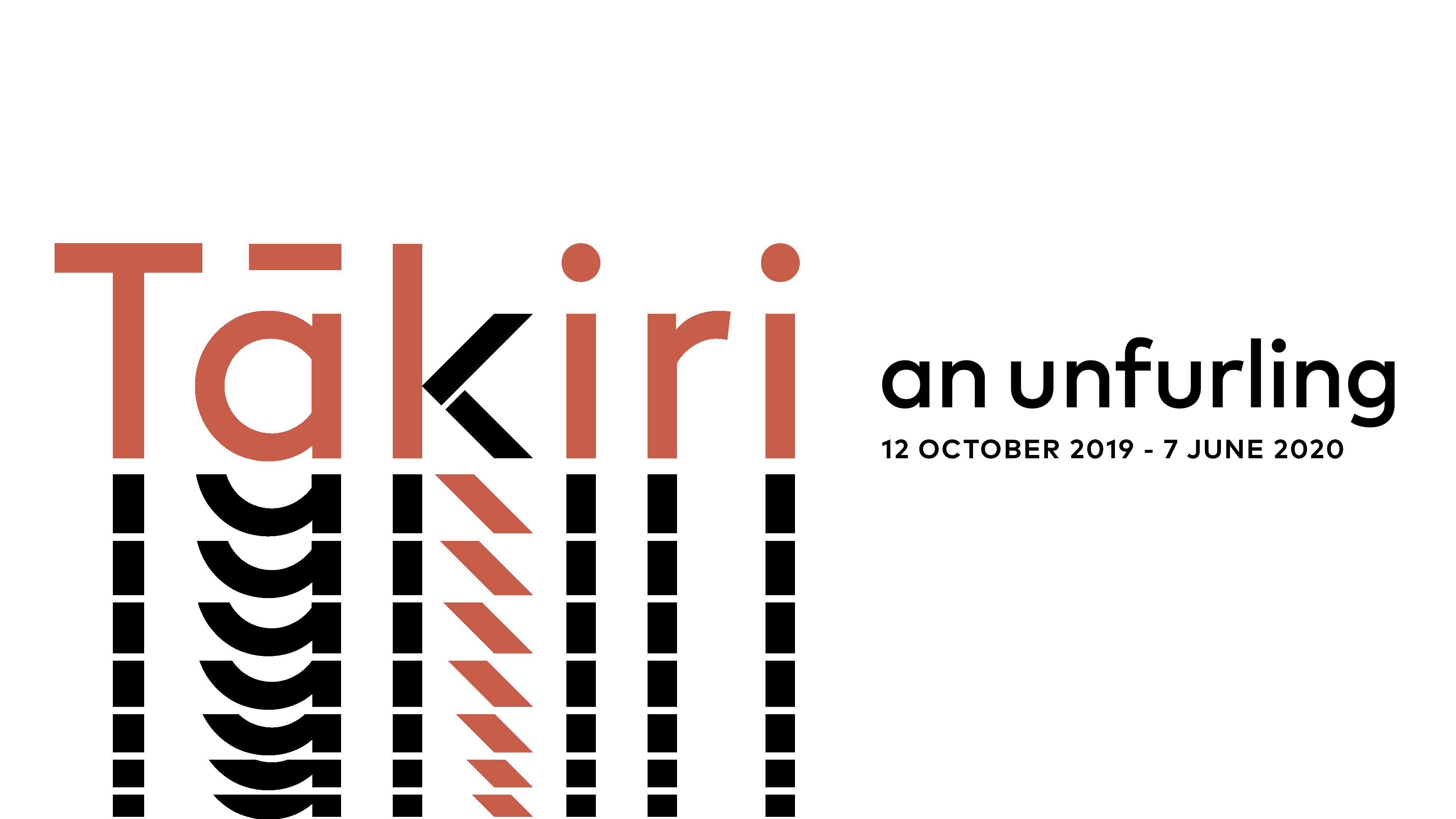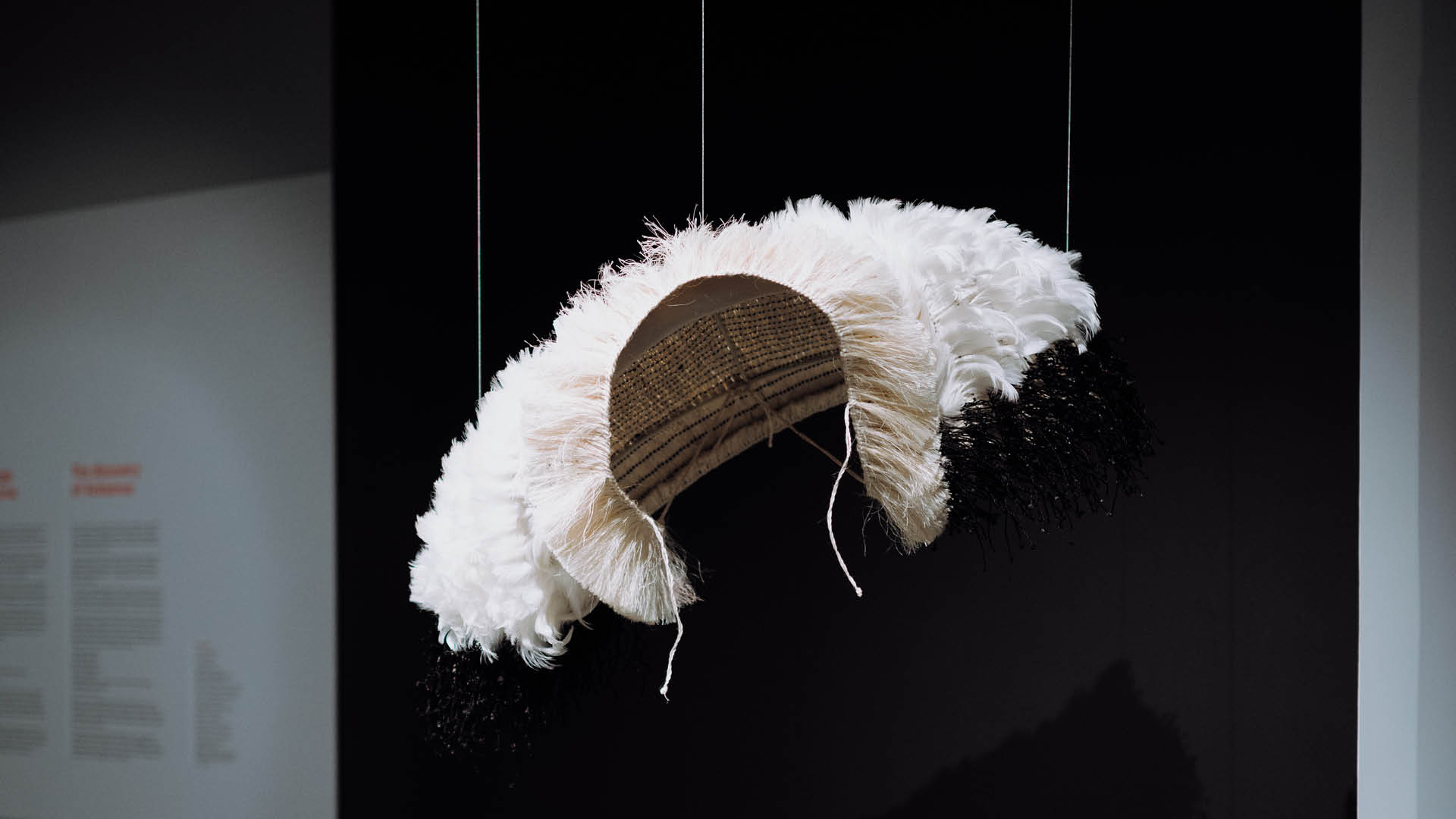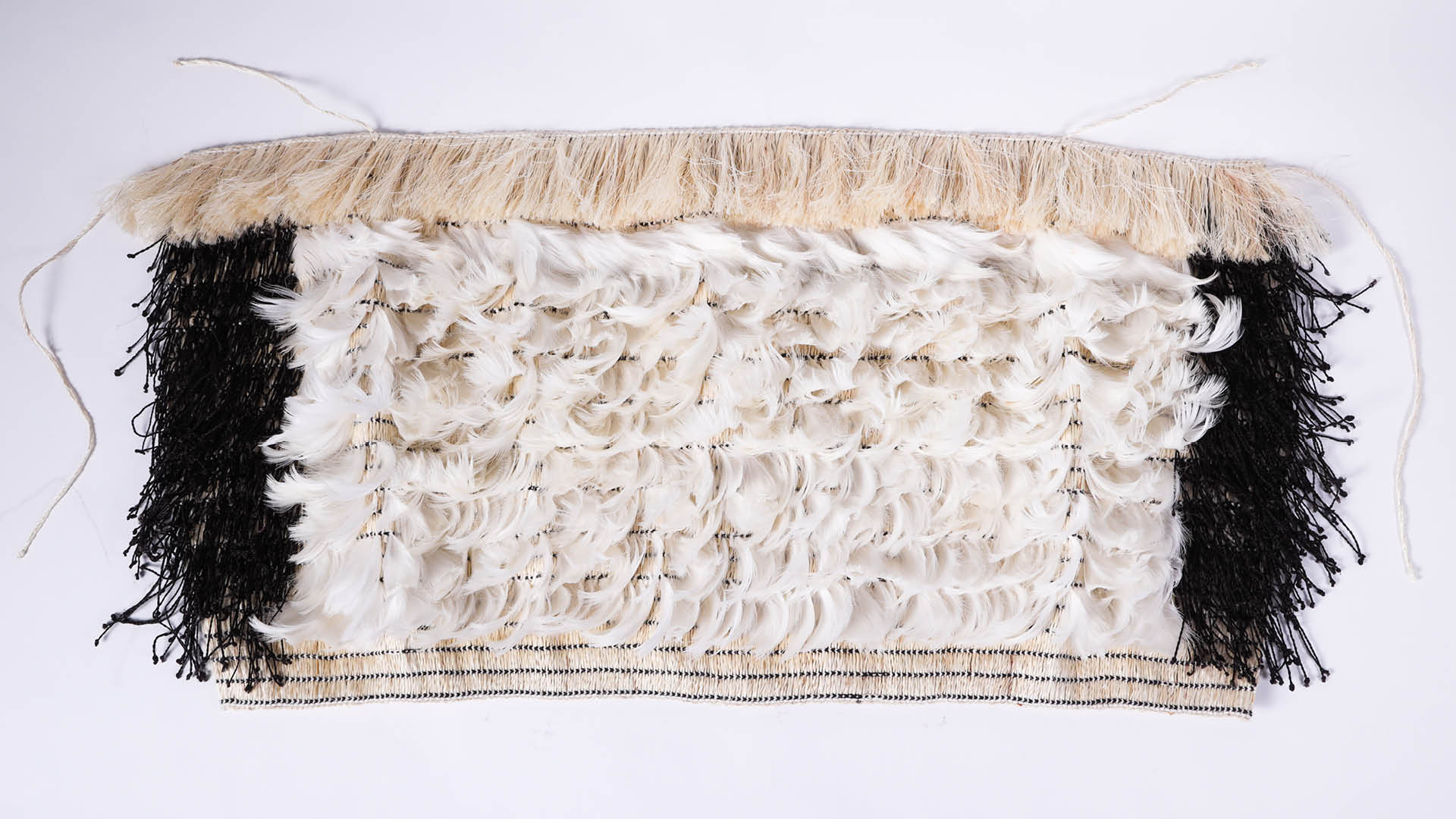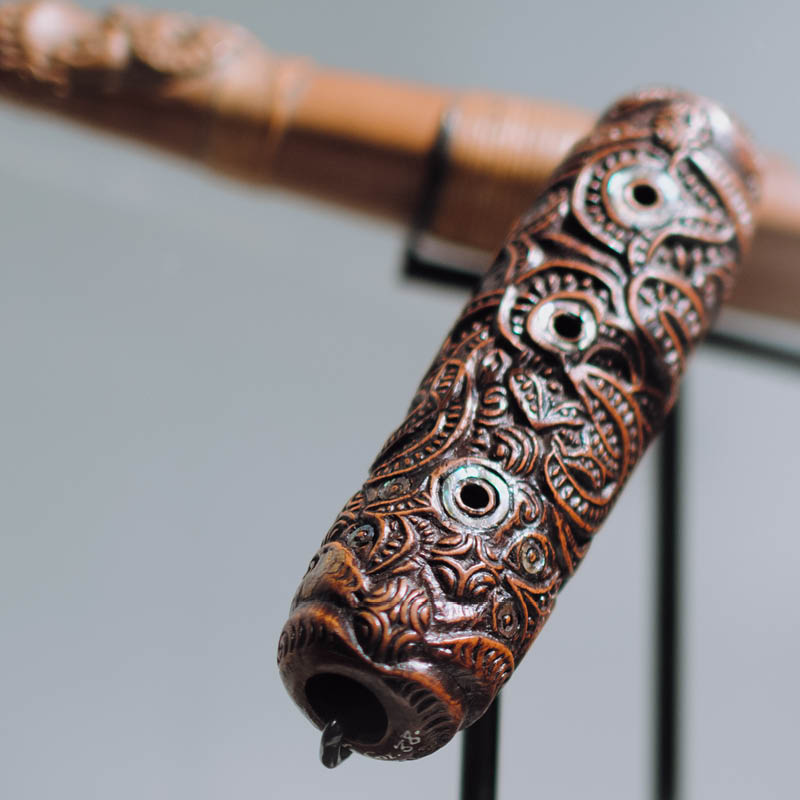Kupe at Kapiti Coast
Kohai’s work recognises Kupe, the master navigator, and tells of his discovery of Titapua on the Kapiti Coast of Aotearoa New Zealand. The voyager and expert navigator who is increasingly accepted as the original discoverer of Aotearoa New Zealand is Kupe. Using his knowledge of stars and ocean currents, Kupe ventured across the Pacific on a waka hourua (double hulled sailing vessel) from his ancestral Polynesian homeland of Hawaiki.
